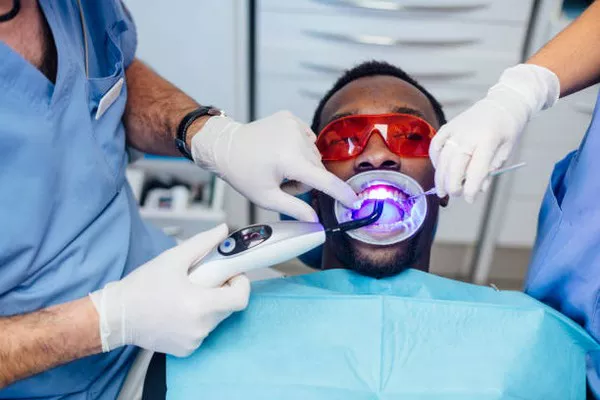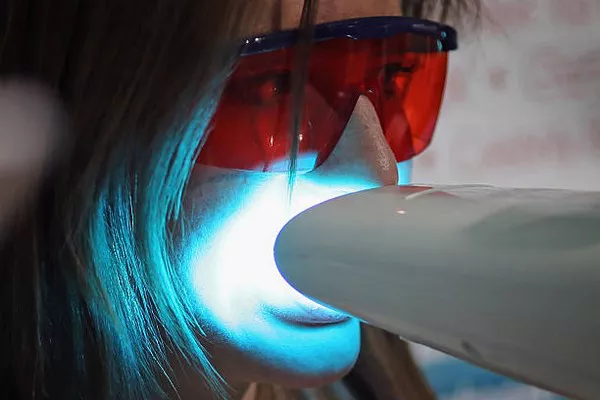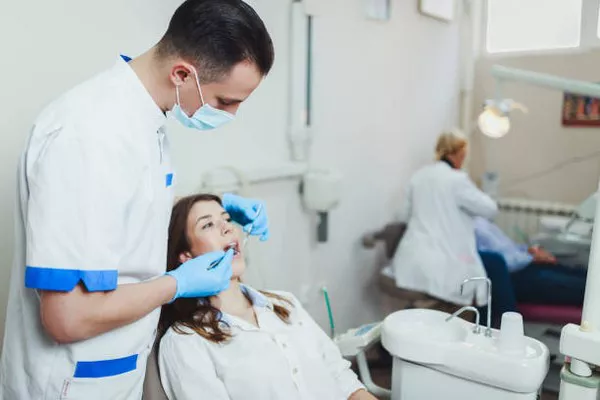Yellowing between teeth can be concerning and affect your smile’s appearance. This article explores the possible causes of yellowing between teeth, emphasizes the importance of professional evaluation, suggests home remedies for surface stains, discusses professional whitening options, provides prevention tips, and concludes with the importance of seeking dental advice for personalized care.
Possible Causes of Yellowing Between Teeth
Yellowing between teeth can result from various factors:
Plaque and Tartar Buildup: Accumulation of plaque and tartar between teeth, especially in areas challenging to reach with regular brushing, can lead to discoloration.
Staining from Food and Drink: Darkly pigmented beverages such as coffee, tea, and red wine can stain teeth, particularly between teeth where enamel may be thinner.
Tobacco Use: Smoking or using other tobacco products contributes significantly to tooth staining, often affecting areas that are harder to clean.
Medications: Certain antibiotics, if taken during tooth development, can cause intrinsic discoloration or affect the enamel’s natural color.
Genetics: Natural variations in tooth enamel color can predispose some individuals to have naturally more yellow teeth.
Importance of Professional Evaluation
If yellowing between teeth persists or is significant, consulting a dentist is essential. A dentist can:
Identify the Specific Cause: Through a thorough examination, the dentist can determine the underlying reason for the discoloration.
Recommend Appropriate Treatment: Based on the diagnosis, the dentist can suggest the most effective solutions for addressing the yellowing, whether it’s through cleaning, whitening, or other treatments.
Rule Out Other Issues: Dental professionals can check for underlying dental problems that may contribute to discoloration, ensuring comprehensive oral health care.
See Also: Why Do My Teeth Get Yellow Overnight
Home Remedies for Surface Stains
If the yellowing is primarily due to surface stains, consider these home remedies:
Baking Soda Paste: Create a paste by mixing baking soda with water and gently rub it on the affected areas to help remove surface stains.
Activated Charcoal: Use activated charcoal toothpaste or powder as a mild abrasive to absorb stains from the tooth surface. Use caution and follow product guidelines.
These home remedies may offer some improvement in surface discoloration, but their effectiveness can vary.
Professional Whitening Options
For more significant or stubborn discoloration between teeth, consider professional whitening options:
In-Office Whitening: This procedure involves applying a high-concentration whitening gel to the teeth, often enhanced by specialized lights or lasers for faster and more dramatic results.
Custom-Made Whitening Trays: Dentists can create custom trays fitted to your teeth, which you use at home with a professional-strength whitening gel. This method allows for targeted application, especially useful for addressing specific areas between teeth.
Professional whitening treatments are designed to be more effective than over-the-counter products and can provide longer-lasting results when coupled with good oral hygiene practices.
Prevention Tips
To prevent yellowing between teeth in the future, adopt these preventive measures:
Excellent Oral Hygiene: Brush teeth at least twice daily with fluoride toothpaste, floss daily, and use an antibacterial mouthwash to reduce plaque buildup.
Limit Staining Foods and Drinks: Cut back on consumption of coffee, tea, red wine, and other dark beverages that can stain teeth.
Quit Smoking and Tobacco Use: Avoid tobacco products altogether to prevent further staining and damage to teeth and gums.
Regular Dental Checkups: Schedule routine dental visits for professional cleanings and checkups to maintain optimal oral health and address any developing issues promptly.
Conclusion
Yellowing between teeth can stem from various causes, including plaque buildup, staining from food and drink, tobacco use, medications, and genetic factors. Professional evaluation by a dentist is crucial for accurately diagnosing the cause and recommending appropriate treatment options. Home remedies like baking soda paste and activated charcoal can help address surface stains, while professional whitening options offer effective solutions for more persistent discoloration. By maintaining good oral hygiene, avoiding staining substances, and seeking regular dental care, individuals can prevent and manage yellowing between teeth effectively. Contact a dentist for personalized advice and treatment recommendations tailored to your specific oral health needs. Your smile deserves professional care to stay healthy and vibrant.
You Might Be Interested In





























